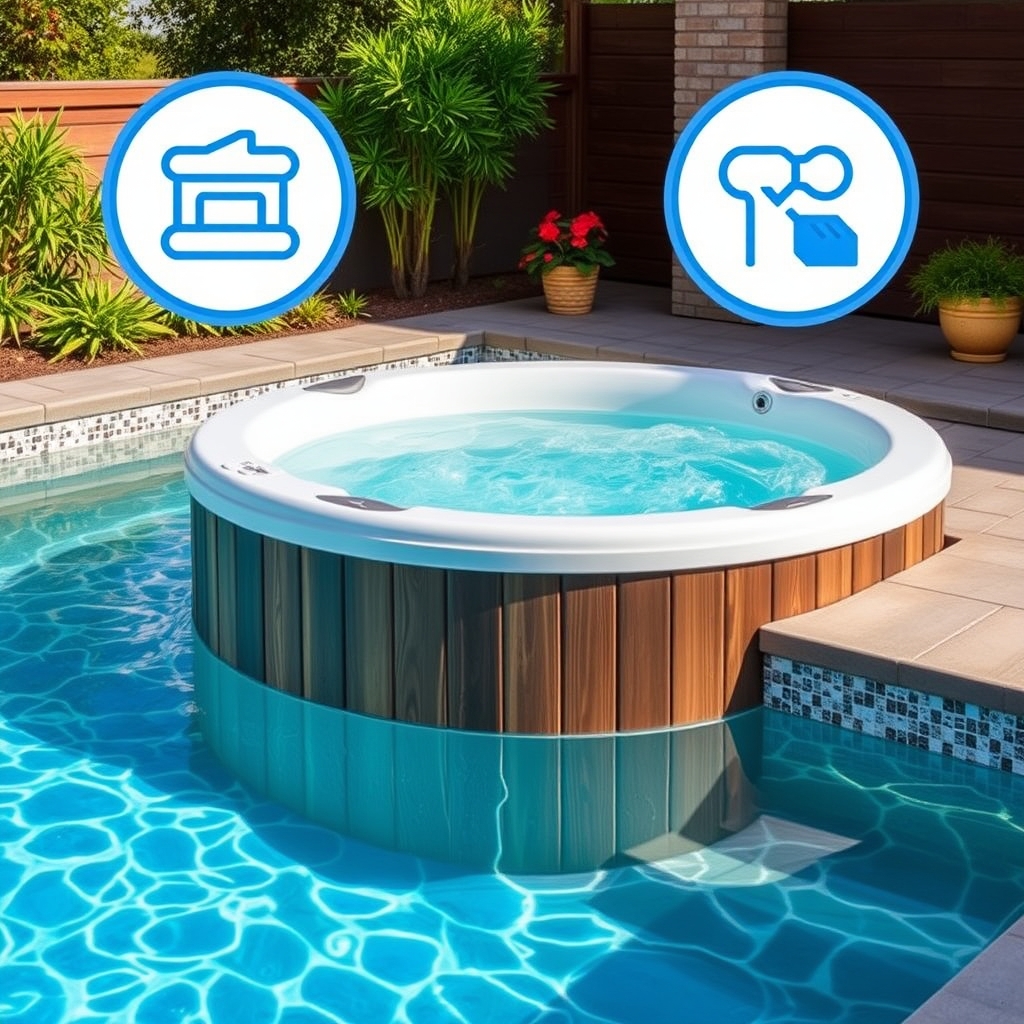Understanding Legionella Risks in Your Spa Pool: A Comprehensive Guide
Are you aware of the potential health hazards lurking in your spa pool? While spa pools offer relaxation and enjoyment, they can also be a breeding ground for harmful bacteria if not properly managed. One of the most concerning is Legionella pneumophila, the bacterium responsible for Legionnaires’ disease. This blog post will explore the risks associated with spa pools and how to mitigate them, drawing insights from the Health and Safety Executive (HSE) guidance, HSG282 [1].
What are the Risks?
Spa pools are a recognised source of diseases caused by infectious agents, with Legionella being the primary concern [1]. Outbreaks have been linked to various locations, including leisure centres, hotels, and even cruise ships [1, 2]. Several factors contribute to this risk:
- Water Temperature: Spa pools are typically heated to between 30–40 °C, which is an ideal temperature range for Legionella to grow [3, 4].
- Aerosol Production: Air jets and similar devices in spa pools produce aerosols—tiny water droplets that can be inhaled. These droplets can carry bacteria into the lungs [3, 5].
- Recirculation of Water: Spa pools often recirculate water, which, if not properly treated, can allow bacteria to multiply [4].
- Organic Matter: The presence of organic matter from bathers (such as sweat, skin, and hair) can act as nutrients, further encouraging microbial growth [6, 7].
Who is at Risk?
While everyone is susceptible to infection, some individuals are at a heightened risk [8]:
- Older adults, especially those over 45.
- Smokers and heavy drinkers.
- People with existing respiratory diseases.
- Those with certain illnesses, such as cancer, diabetes, and heart or kidney disease.
- Those with an impaired immune system.
How to Manage the Risks?
The HSE guidance outlines several key strategies for managing and controlling the risk from legionella and other infectious agents [9]:
- Proper Design and Commissioning: Ensuring spa pools are designed and installed to minimise bacterial growth [2, 10].
- Effective Operation and Maintenance: Implementing regular cleaning, disinfection, and water replacement procedures [2, 11].
- Regular Water Quality Testing: Monitoring pH, disinfectant levels, and bacterial presence through regular testing [2, 12].
- Frequent Inspections: Checking for any issues, including biofilm build-up and equipment malfunctions [2, 13].
Key Takeaway
Understanding the risks associated with spa pools is the first step in ensuring safe usage. By adhering to the guidelines provided by the HSE and maintaining vigilant care, you can significantly reduce the risks of infection. Always check the latest guidance and seek professional advice when needed.
Keywords: Legionella, Spa Pool Safety, Hot Tub Risks, Waterborne Diseases, Legionnaires Disease, Spa Maintenance
FAQs
- What is Legionella?
- Legionella is a type of bacteria that can cause a serious lung infection known as Legionnaires’ disease [1].
- What are the ideal conditions for legionella growth?
- Legionella bacteria thrive in warm water between 20-45°C, especially in environments with stagnant water and organic matter [4].
- How can I prevent legionella in my spa pool?
- Regular cleaning, proper disinfection, frequent water changes, and maintaining correct water chemistry are essential preventative measures [14-16].
- How often should I test my spa water?
- For commercial spa pools, testing should be done daily or at least every two hours for pH, residual disinfectant, and other key parameters. Microbiological testing is recommended monthly [17, 18].
- Is there a heightened risk for some people?
- Yes, individuals over 45, smokers, heavy drinkers, people with respiratory diseases, or weakened immune systems are at greater risk [8, 19].
 Certikin Xanas Abs White Adaptor Kit (Face Plate) For Concrete, Tiled And One-Piece - Rotary Controls (FL98560)
1 ×
Certikin Xanas Abs White Adaptor Kit (Face Plate) For Concrete, Tiled And One-Piece - Rotary Controls (FL98560)
1 × Plastica 100 x Relax DPD No 1 Rapid Tabs
1 ×
Plastica 100 x Relax DPD No 1 Rapid Tabs
1 × Certikin Fastlane Fit@Home App And Pcb Kit (Only Suitable For Ep3 Power Unit) (EPFL19)
1 ×
Certikin Fastlane Fit@Home App And Pcb Kit (Only Suitable For Ep3 Power Unit) (EPFL19)
1 ×
 Plastica 100 x Relax DPD No 1 Rapid Tabs
Plastica 100 x Relax DPD No 1 Rapid Tabs  Certikin Fastlane Fit@Home App And Pcb Kit (Only Suitable For Ep3 Power Unit) (EPFL19)
Certikin Fastlane Fit@Home App And Pcb Kit (Only Suitable For Ep3 Power Unit) (EPFL19) 










